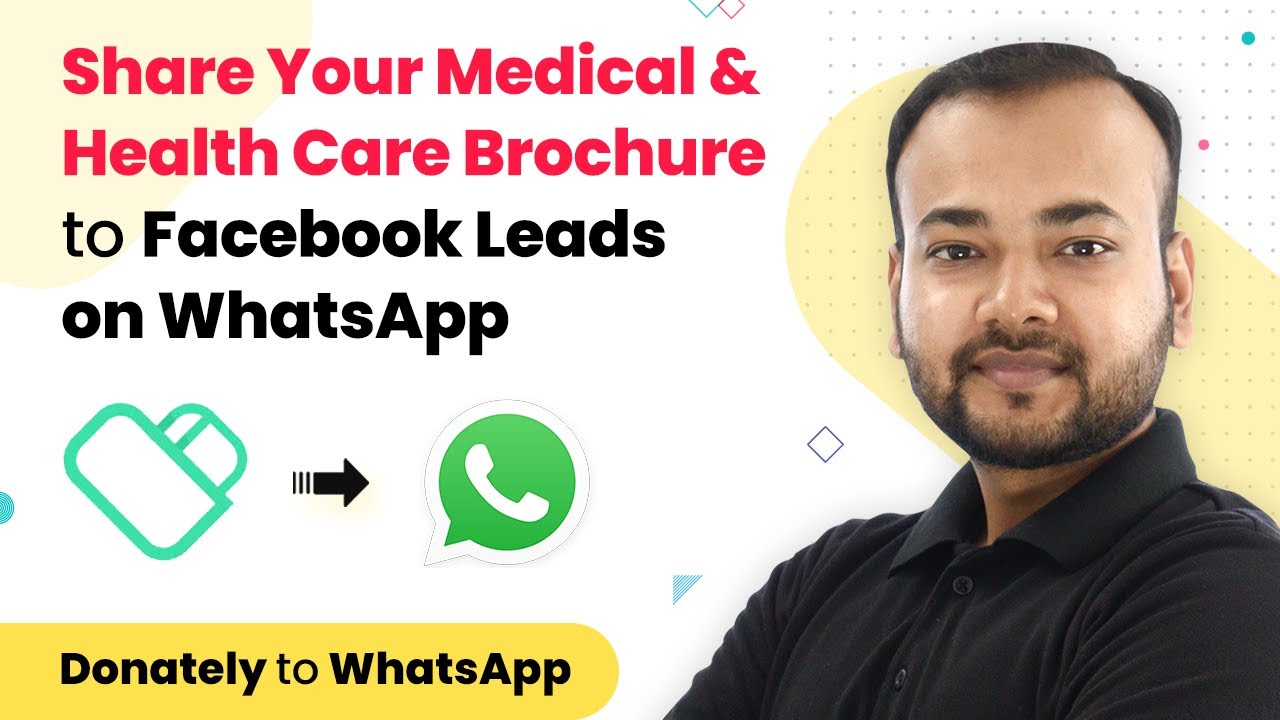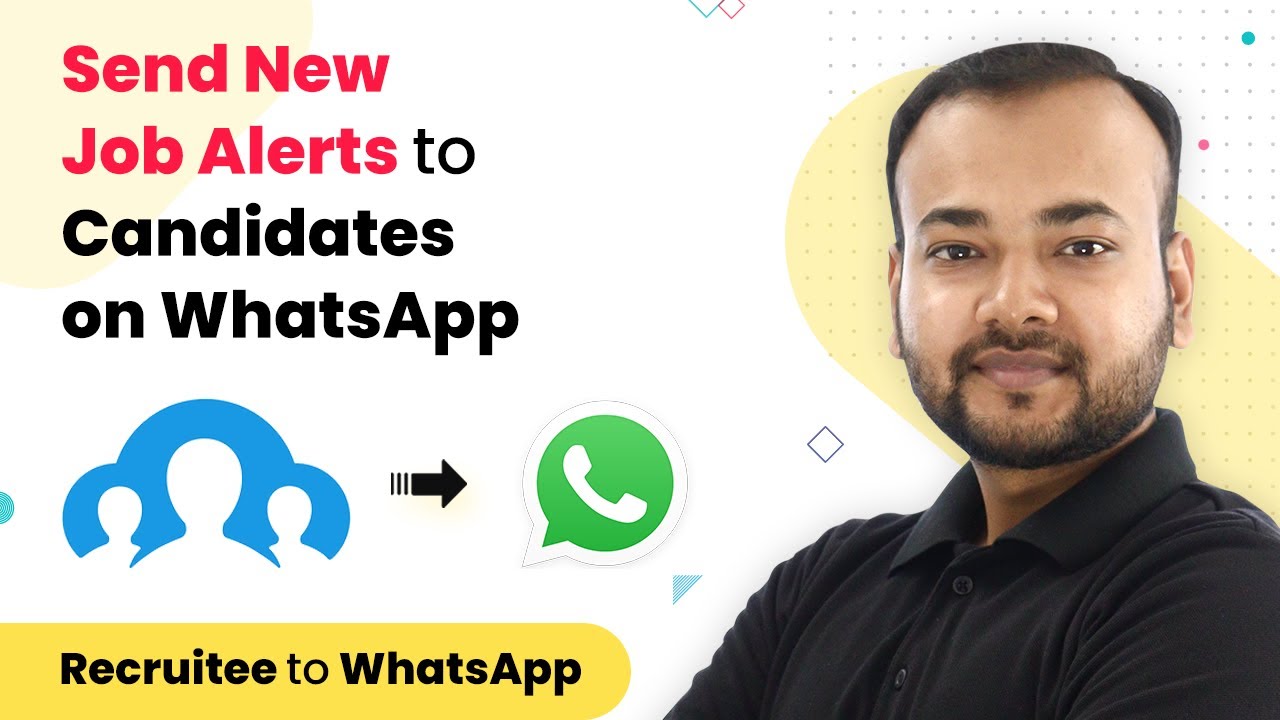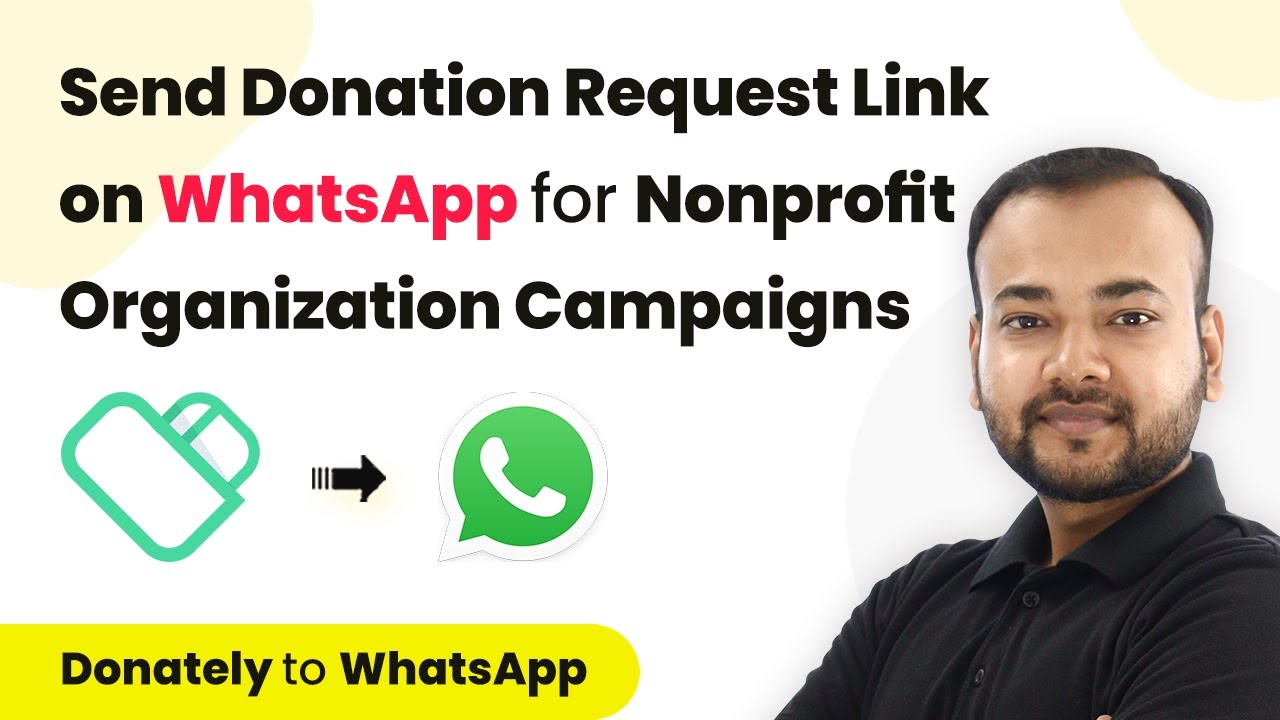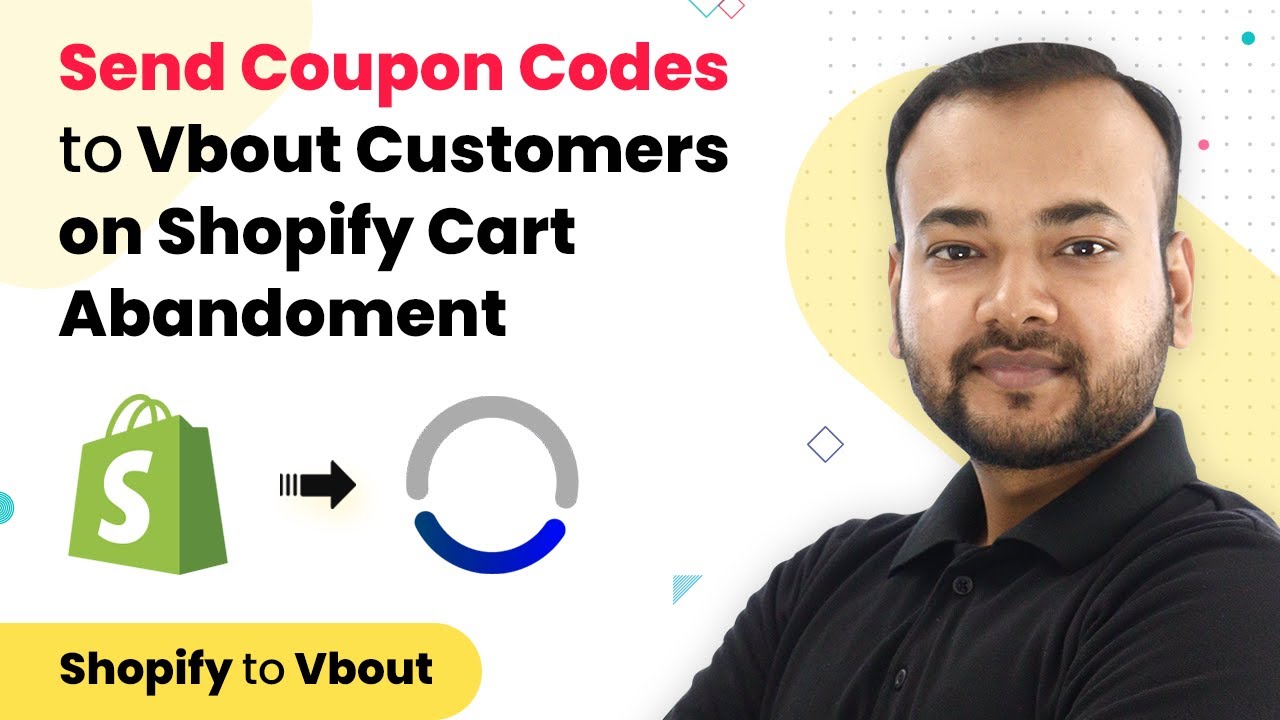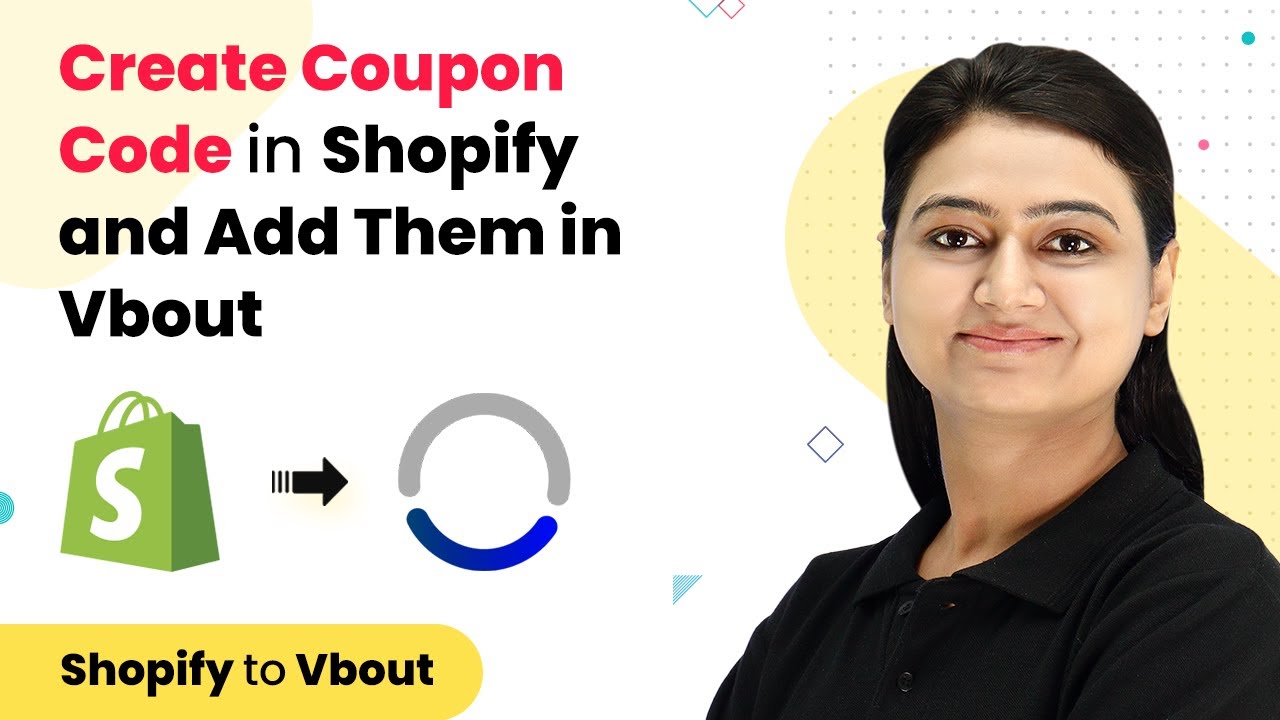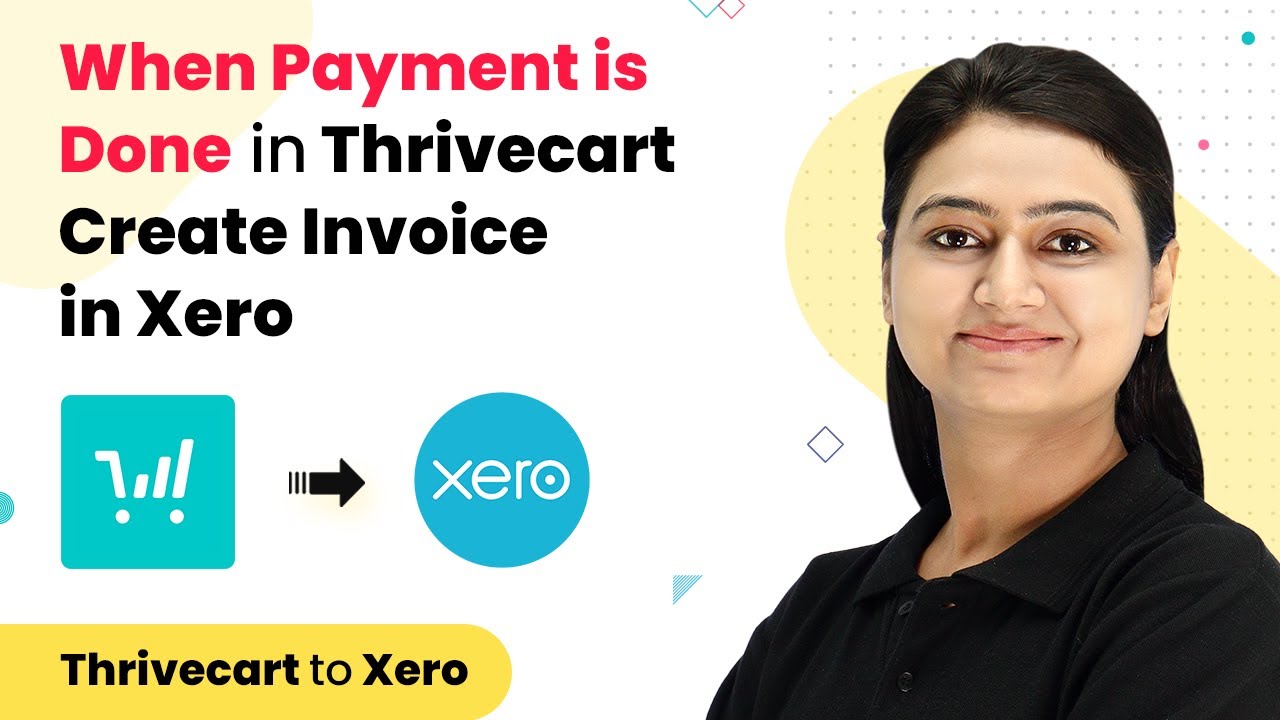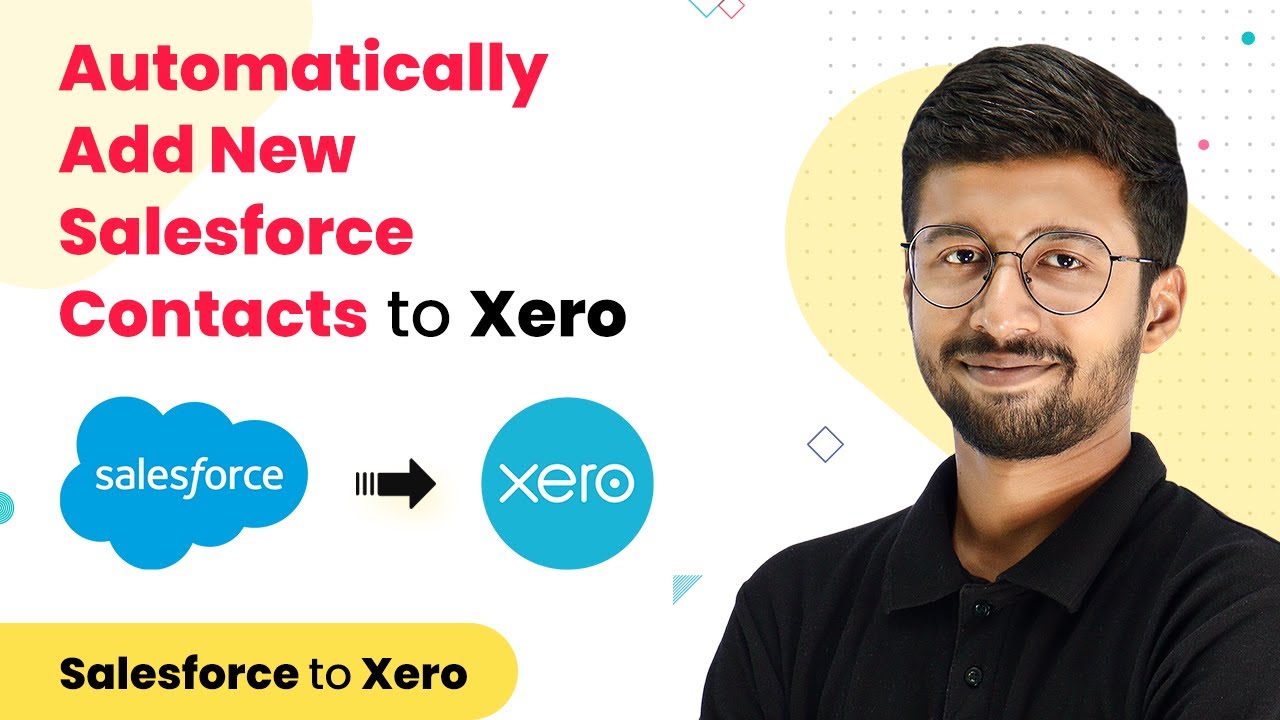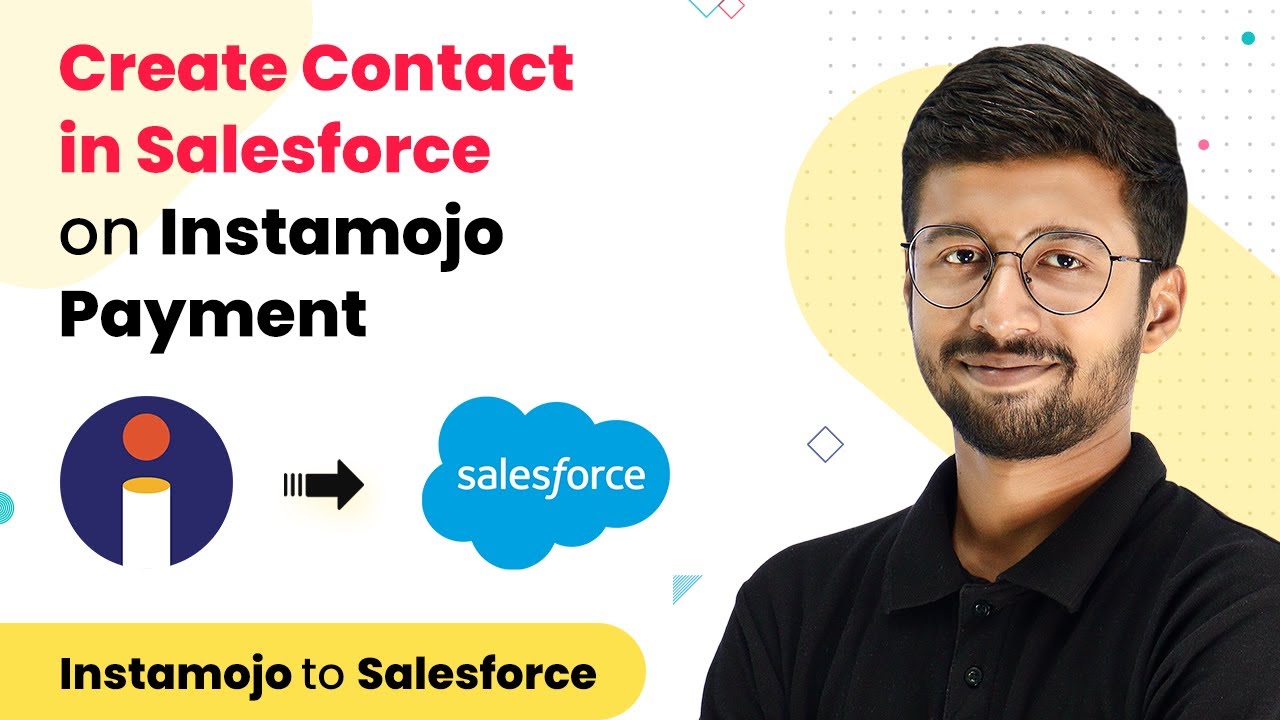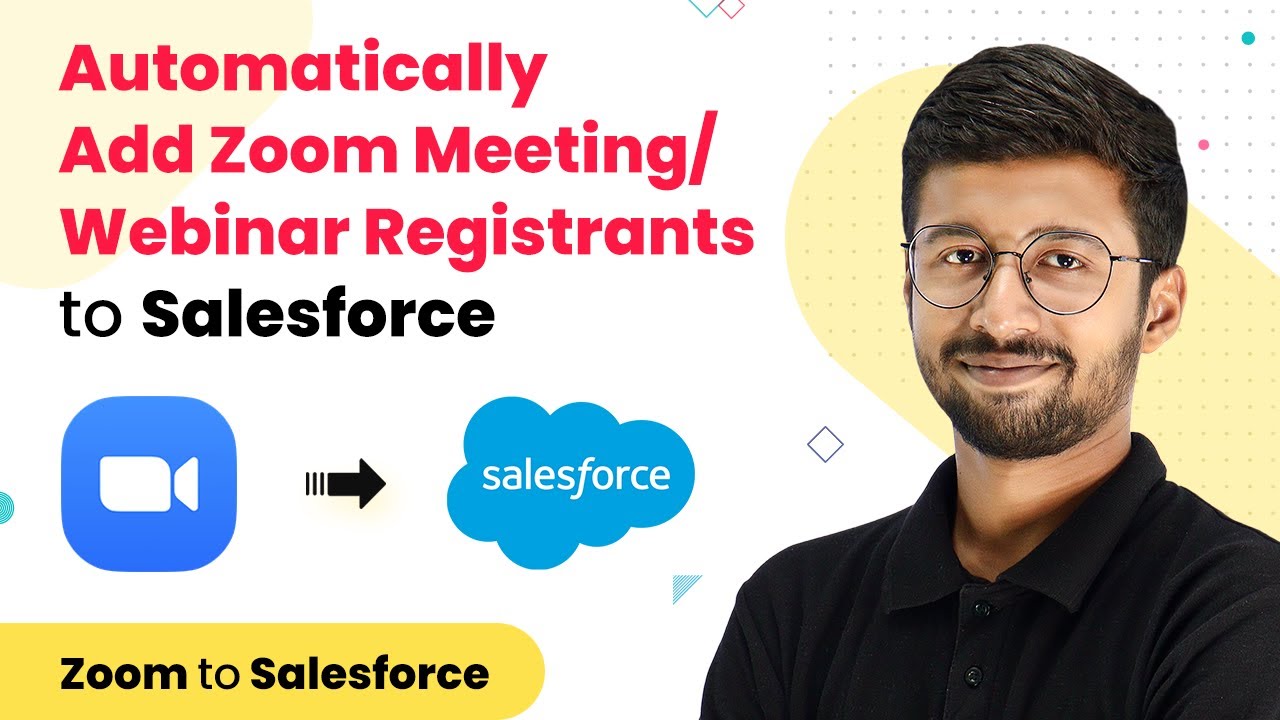Learn how to automatically share your medical and health care brochure to Facebook Lead Ads on WhatsApp using Pabbly Connect in this detailed step-by-step tutorial.
Watch Step By Step Video Tutorial Below
1. Setting Up Pabbly Connect for Automation
To automatically share your medical and health care brochure via WhatsApp, you first need to set up Pabbly Connect. Start by visiting the Pabbly Connect dashboard. You can sign up for a free account at Pabbly.com/connect.
Once signed up, log in to your Pabbly Connect account. Click on the ‘Create Workflow’ button and name your workflow appropriately, such as ‘Facebook Leads to WhatsApp Integration.’ This will be the foundation for automating your brochure sharing process.
2. Configuring the Trigger for Facebook Lead Ads
The next step involves configuring the trigger for your workflow using Pabbly Connect. Select ‘Facebook Lead Ads’ as your trigger app and choose the ‘New Lead Instant’ event. This event will activate whenever a new lead is captured through your Facebook lead ad.
- Connect your Facebook account.
- Select the Facebook page where your lead ad is running.
- Choose the lead generation form associated with the ad.
After saving your settings, use the Facebook Lead Ads testing tool to create a test lead. This will help you ensure that your integration is functioning correctly and that Pabbly Connect can capture lead data accurately.
3. Sending Messages via WhatsApp Cloud API
Once you have successfully captured lead data, the next step involves sending a WhatsApp message using the Cloud API. In this step, you will configure the action in Pabbly Connect to send messages through WhatsApp.
- Select ‘WhatsApp Cloud API’ as the action app.
- Choose the action event ‘Send Template Message’.
- Connect your WhatsApp Cloud API account using the provided access token and business account ID.
After successfully connecting, select the message template that you have created for sending brochures. This template should include dynamic fields that will personalize the message for each lead.
4. Formatting the WhatsApp Message with Brochure Link
In this step, you will format the WhatsApp message to include the brochure link. Using Pabbly Connect, you can map the lead’s details and the brochure URL into the message template.
Map the recipient’s WhatsApp number from the lead data. Insert the brochure document URL as the header document in the message. Fill in dynamic fields such as the lead’s name and your business name.
After populating all necessary fields, test the message delivery to ensure it works as intended. This will demonstrate how Pabbly Connect automates the process of sending personalized brochures via WhatsApp.
5. Finalizing Your Automation Workflow
Now that you have set up the entire workflow in Pabbly Connect, it’s time to finalize and activate your automation. Ensure that all steps are correctly configured, and then save the workflow.
By doing so, every time a new lead is generated from your Facebook Lead Ads, the brochure will automatically be sent via WhatsApp without any manual intervention. This automation not only saves time but also enhances your marketing efforts.
Conclusion
In this tutorial, we explored how to use Pabbly Connect to automatically share your medical and health care brochure with leads generated from Facebook Lead Ads via WhatsApp. By following these steps, you can streamline your communication and improve your outreach effectively.
Ensure you check out Pabbly Connect to create business automation workflows and reduce manual tasks. Pabbly Connect currently offer integration with 2,000+ applications.
- Check out Pabbly Connect – Automate your business workflows effortlessly!
- Sign Up Free – Start your journey with ease!
- 10,000+ Video Tutorials – Learn step by step!
- Join Pabbly Facebook Group – Connect with 21,000+ like minded people!
